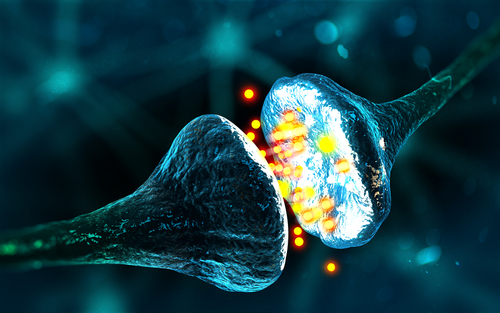Researchers Using Real-time Brain Mapping to Search for Therapeutic Targets in PD

RDN-929 clinical trial
Using its brain mapping platform, Inscopix will team up with researchers at the Broad Institute of MIT and Harvard to investigate how changes in brain activity alter the functioning of nerve cells. The goal is to identify new therapeutic targets for Parkinson’s disease.
The collaboration will be led by Evan Macosko, MD, PhD, of the Broad Institute’s Macosko Lab, an expert in single-cell transcriptomics — a next-generation sequencing approach that assesses how gene activity changes in a single cell.
This research builds on a previous study that used Inscopix’s miniature microscope, called nVoke, which allows simultaneous imaging and manipulation of nerve cells’ circuit dynamics in real time. The technology allows researchers to image cell activity for months with single-cell resolution in a living animal.
The previous study, “Diametric neural ensemble dynamics in parkinsonian and dyskinetic states,” published in Nature, used nVoke to identify alterations in neural activity patterns in brain circuits that regulate movement in a Parkinson’s mouse model. This model mimics the human disease by gradually losing dopaminergic neurons — a hallmark of Parkinson’s.
Dopaminergic neurons release the neurotransmitter dopamine — a chemical substance produced in response to nerve signals that allow nerve cells to communicate. In Parkinson’s disease, dopamine-producing neurons are mainly lost in a brain region known as the substantia nigra, which plays a key role in reward and movement.
Now, the researchers will investigate whether the observed changes in neuronal activity in the Parkinson’s mouse model can be correlated to changes in the expression of genes detected in single cells, which may have occurred as a result of the loss of dopamine. Gene expression is the process by which information in a gene is synthesized to create a working product, like a protein.
By analyzing neuronal activity and gene activity, the researchers hope to gain further insights into the mechanisms of Parkinson’s disease. This may allow the identification of new, cell-type specific therapeutic targets.
According to Inscopix, real-time mapping of neural activity in brain circuits has been shown to more accurately predict the efficacy of a therapy to work on the brain, when compared with analyzing animal behavior.
“Single-cell transcriptomics and brain mapping have each demonstrated the potential to increase our understanding of neurological conditions, such as Parkinson’s disease, and bringing them together could help us make even greater strides forward,” Kunal Ghosh, CEO of Inscopix, said in a press release.
“We look forward to expanding our research into PD [Parkinson’s disease] with the Macosko Lab, with the goal of paving the way for therapeutic programs that can be de-risked at earlier stages of development,” Ghosh added.






